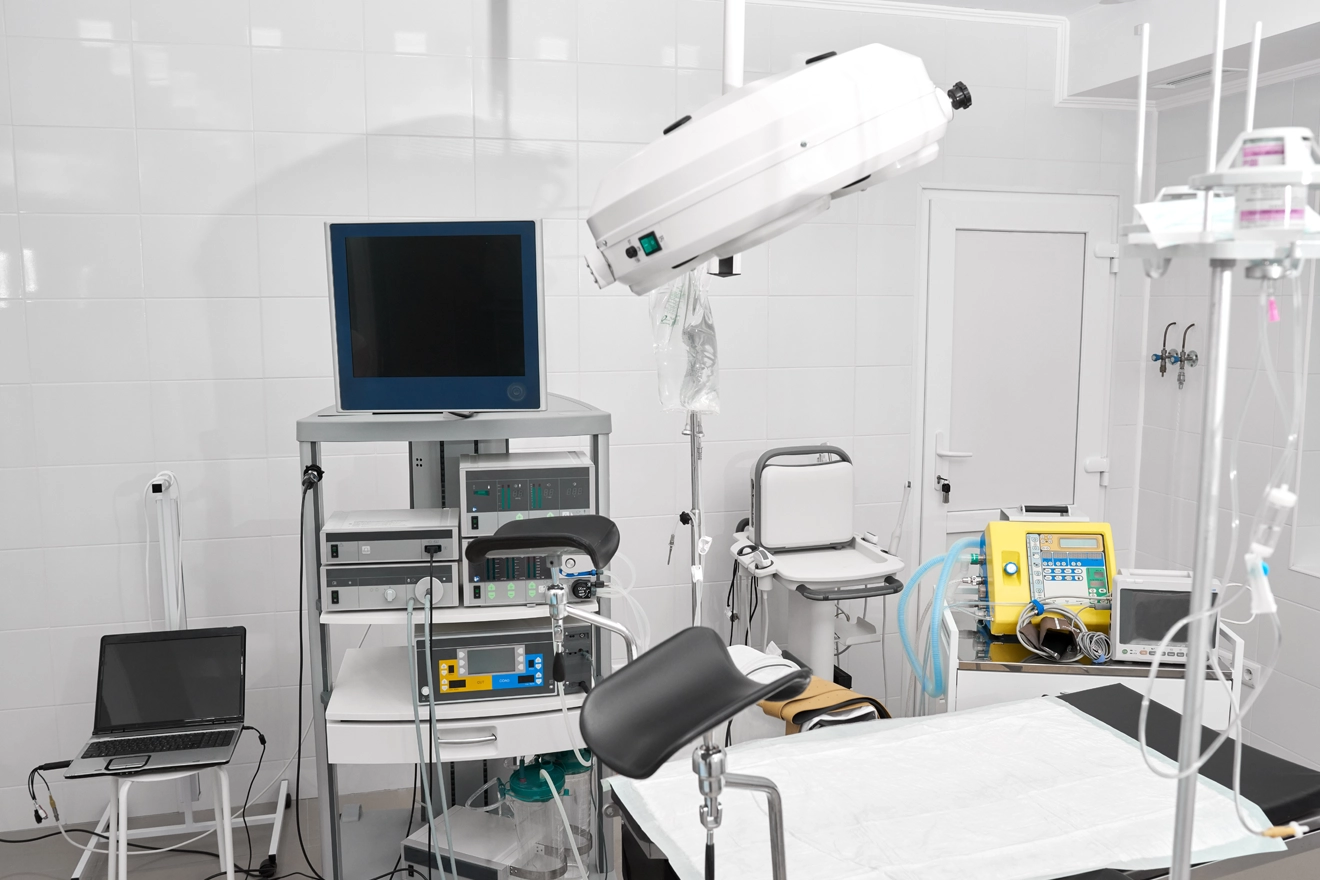
Since the commencement of Brexit transition timelines, the entire medical devices community is underway to understand its impact on future trade and Regulatory relations between the European Union (EU) and the United Kingdom (UK). As noted, the UK left the EU on January 31, 2020, as per the Withdrawal Agreement between both the countries. The agreement brings up a transition period until December 31, 2020, which intends to give time for national administrations, businesses and citizens to get ready for the significant changes due to the Brexit. During this transition period, rules and regulations of the EU will continue to apply to the UK and it will remain part of the EU’s single market and customs union.
MHRA Regulations Post Brexit
As the Brexit transition period is drawing to close on December 31, 2020, the UK’s Regulatory Authority, Medicines and Healthcare Products Regulatory Agency (MHRA) will take over the current EU responsibilities for medical devices and In vitro diagnostics (IVDs), from January 1, 2021. Accordingly, the MHRA has published guidance on the new rules that will govern the regulation of medical devices and IVDs placed in Great Britain (England, Wales and Scotland), Northern Ireland and EU market, post the transition period (however, different rules will apply to Northern Ireland).
The MHRA guidance will provide information on how the UK system will operate for device certification, conformity assessment and registration with the MHRA. As there will be a number of changes to be considered while placing medical devices in the Great Britain market from January 1, 2021, let’s look into the key requirements among them:
Manufacturing and Supplying Devices in the UK
- Manufacturers wishing to place a device in the Great Britain from January 1, 2021, will have a new route to market and product marking
- From January 1, 2021, all medical devices and IVDs to be placed in the UK market will need to be registered with the MHRA. However, certain devices will be given grace period for registrations, depending on the device class, as follows:
- Four (4) months for Class IIIs and Class IIb implantables and all active implantable medical devices
- Eight (8) months for Class IIb and all Class IIa devices
- 12 months for Class I devices
The 12-month grace period will not apply to manufacturers of Class I devices and general IVDs that are currently required to register with the MHRA
- After the Brexit transition ends, the UK will roll out a new replacement to the CE mark, known as, the UKCA (UK Conformity Assessed) mark and this will run in parallel to the CE mark until June 30, 2023. Though manufacturers can use this new UK product marking, the MHRA will continue to recognize medical devices that have been approved for the EU market and CE-marked, until 30 June 2023, including devices placed in the market under the EU MDR or EU IVDR. The UKCA mark will not be recognized in the EU; a CE mark will still be needed for those markets.
- Devices that have been conformity assessed by a UK-notified body may not be placed in the EU market. Devices placed in the EU market before January 1, 2021 may remain in the EU market.
- Certificates issued by the notified bodies in European Economic Area (EEA) will continue to be valid for the Great Britain, until June 30, 2023.
- A manufacturer based outside the UK and willing to place a device in the UK market, will need to establish a UK Responsible Person, who will take responsibility for the product in the UK.
Manufacturing and Supplying Devices in Northern Ireland
The below summarized key differences will be applicable for manufacturers based in Northern Ireland:
- The MDR and IVDR will be applicable from May 26, 2021 and May 26, 2022, respectively.
- From July 1, 2023, an EU regulated CE mark will be needed for devices placed in the Northern Ireland and UKCA marks will not be accepted, unless accompanied by a CE mark (from a UK-notified body that is able to conduct a conformity assessment for Northern Ireland).
With the updated guidance, the Agency (MHRA) claims its commitment to improve the standards and scrutiny of medical devices that reach the UK patients and an opportunity to develop a robust, world-leading Regulatory regime for medical devices that prioritize patient safety, by considering the international standards and global harmonization. No matter how the Brexit will finally shape up, substantial changes, for sure, will commence on January 1, 2021. Therefore, it is highly recommended for medical devices manufacturers to understand the respective Regulatory changes and prepare for a smooth Brexit transition before in hand. Aren’t you Brexit-ready, yet? Gain insights. Stay informed. Stay compliant.









